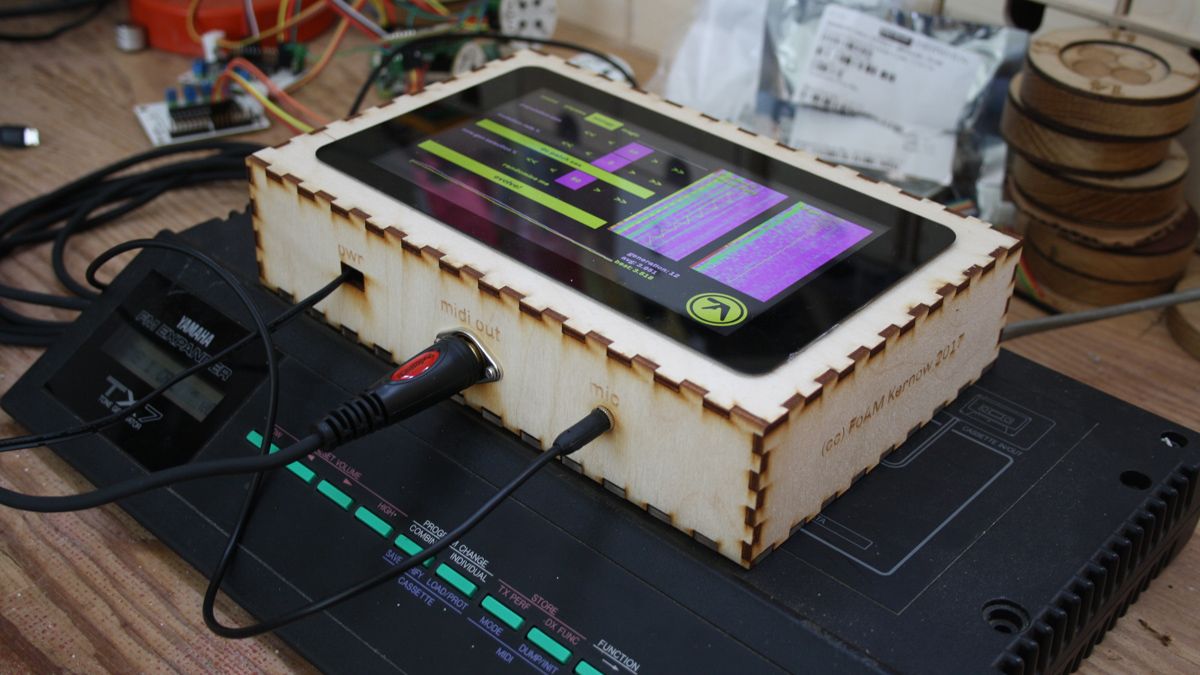Aphex Twin collaboration Midimutant ‘learns how to program your synth so you don’t have to’
Raspberry Pi-powered system uses ‘artificial evolution’

You wait ages for an Aphex Twin story, and then two come along at once. In the week that we got to read his interview with ex-Korg engineer Tatsuya Takahashi and he released a track made exclusively with Korg gear, we learn that he’s also been collaborating on the Midimutant, a Raspberry Pi-based project that uses ‘artificial evolution’ to ‘program your synth so you don’t have to’.
This comes with a mic input and MIDI output and promises to ‘grow’ new sounds on hardware synths, mimicking examples that you provide. That’s the elevator pitch - the technical description of the process is rather more complicated.
“Every sound in a population of initially random patches is sent and auditioned via SysEx MIDI messages, sampled and checked for similarity using MFCC analysis,” says Foam. “The best patches are chosen to form the next generation using the SysEx patch data as genetic material, converging (most of the time) on similar sounds. Unlike a neural network or machine learning algorithms, the artificial evolution does not need to model the underlying parameter space - ie, how the synth internally functions to create sound. Midimutant can therefore be used on any synthesizer with a documented SysEx dump format.”
Perhaps the best way to understand what’s going on is to check out some examples of the Midimutant in action. In this case, it’s been set to work on a Yamaha TX7.
Source code and instructions on how to build your own Midimutant are coming soon. Find out more on the Foam website.
Get the MusicRadar Newsletter
Want all the hottest music and gear news, reviews, deals, features and more, direct to your inbox? Sign up here.



I’m the Deputy Editor of MusicRadar, having worked on the site since its launch in 2007. I previously spent eight years working on our sister magazine, Computer Music. I’ve been playing the piano, gigging in bands and failing to finish tracks at home for more than 30 years, 24 of which I’ve also spent writing about music and the ever-changing technology used to make it.

"If I wasn't recording albums every month, multiple albums, and I wasn't playing on everyone's songs, I wouldn't need any of this”: Travis Barker reveals his production tricks and gear in a new studio tour

“My management and agent have always tried to cover my back on the road”: Neil Young just axed premium gig tickets following advice from The Cure’s Robert Smith









